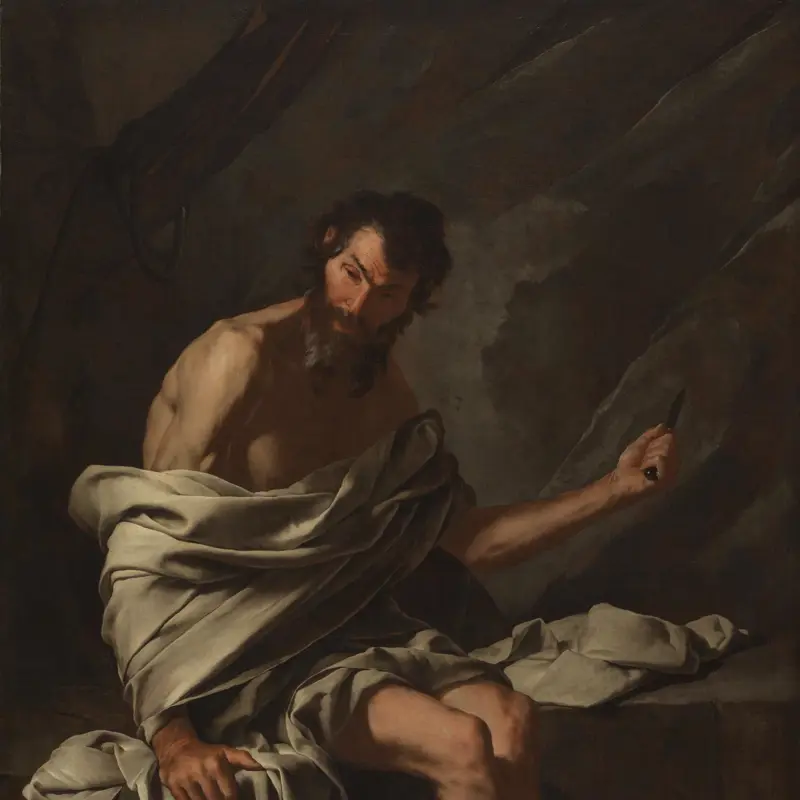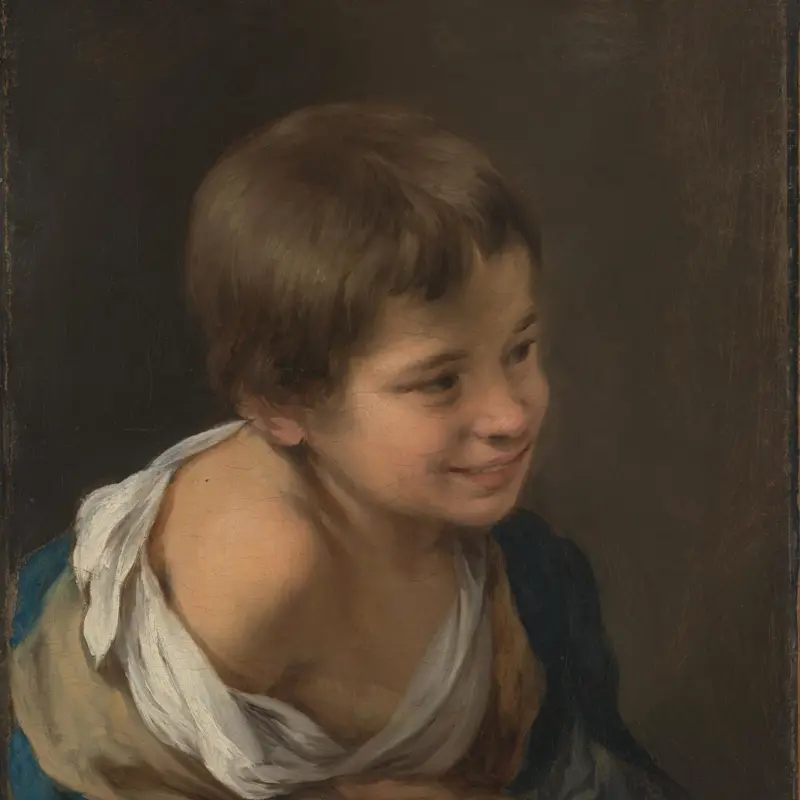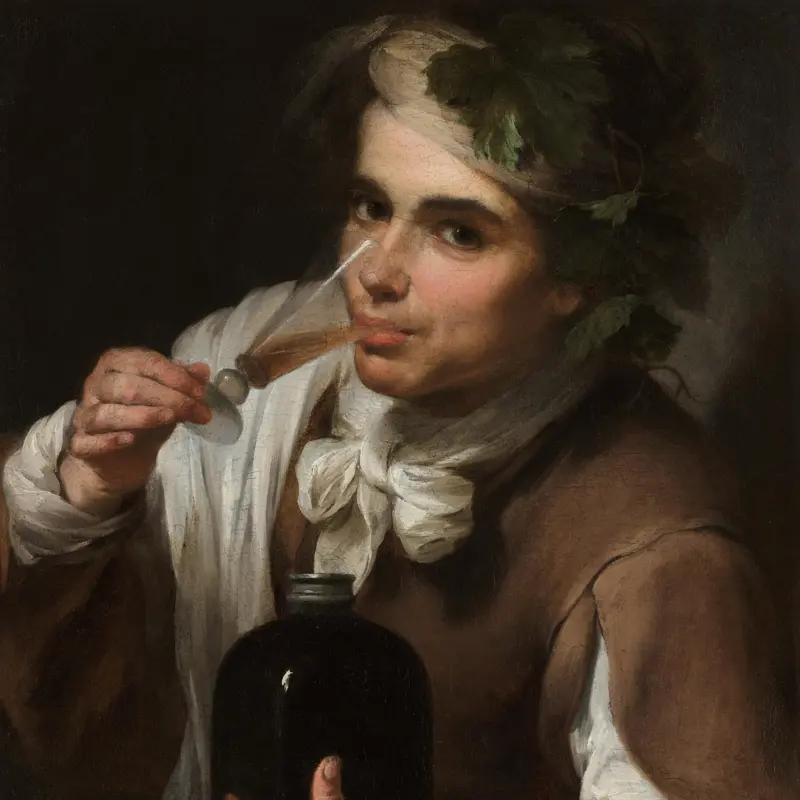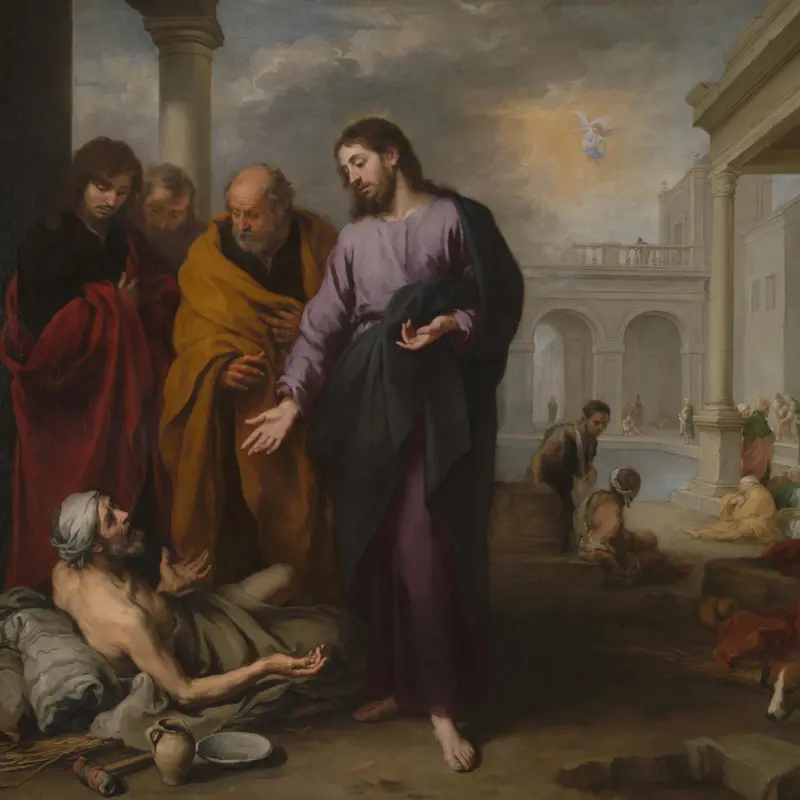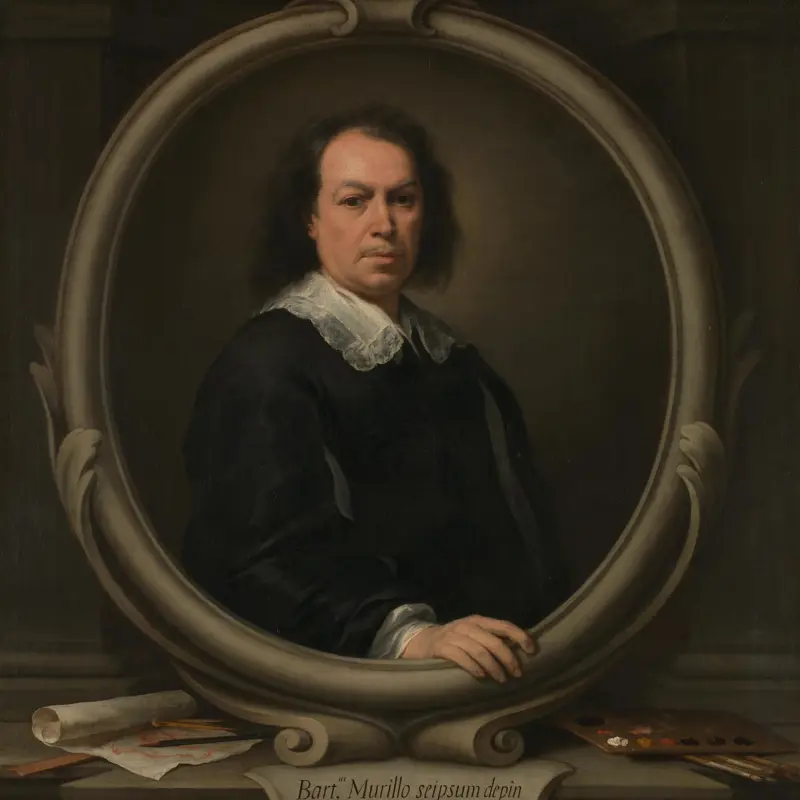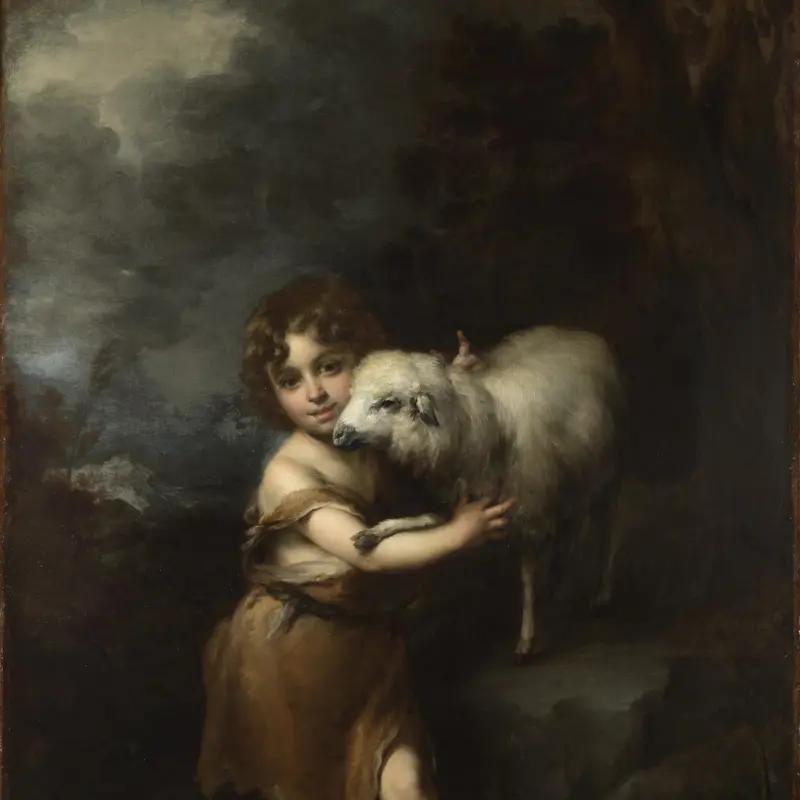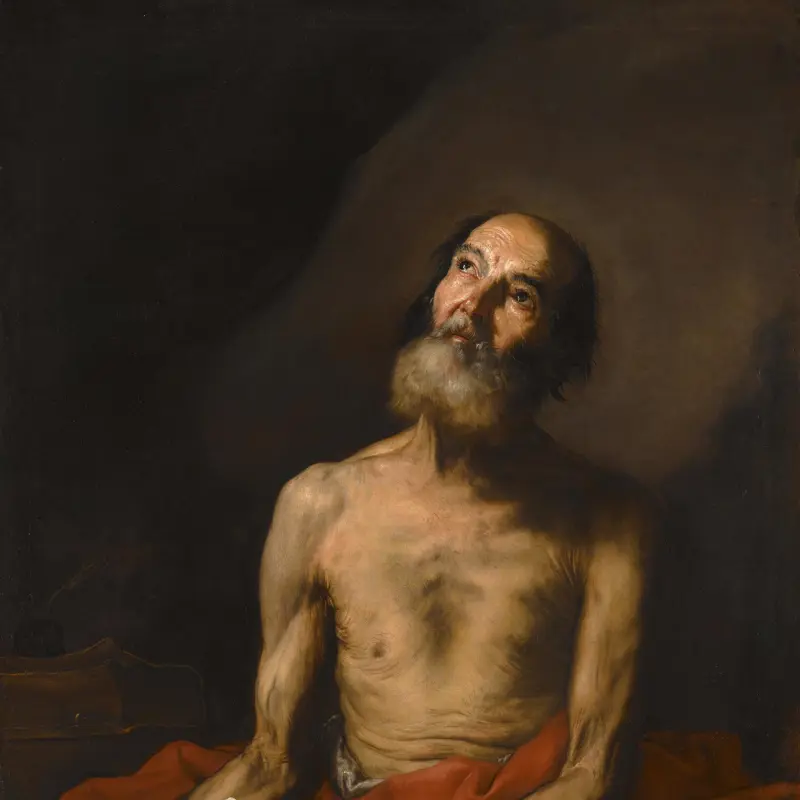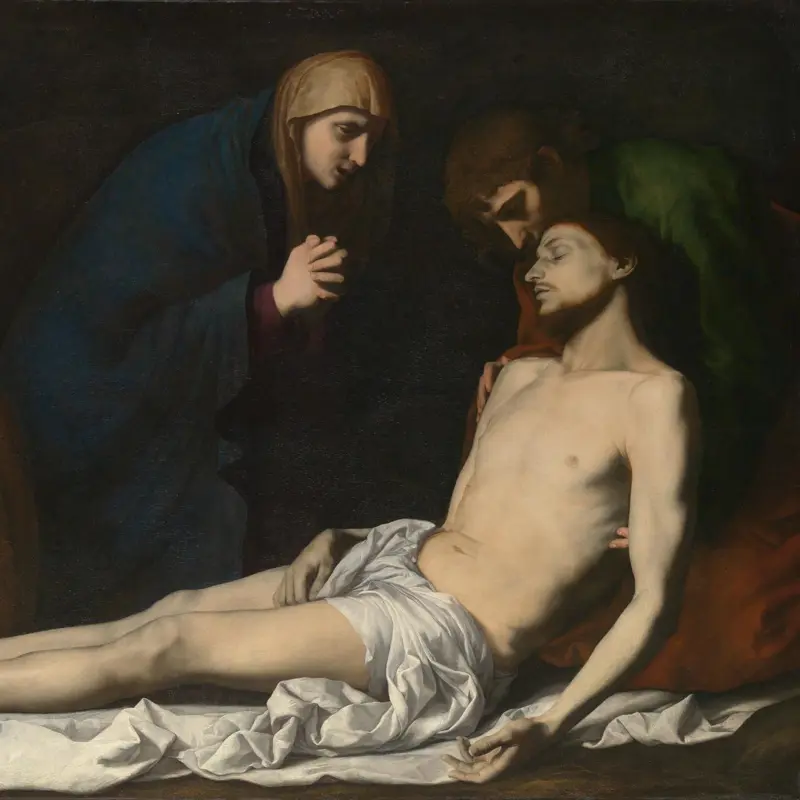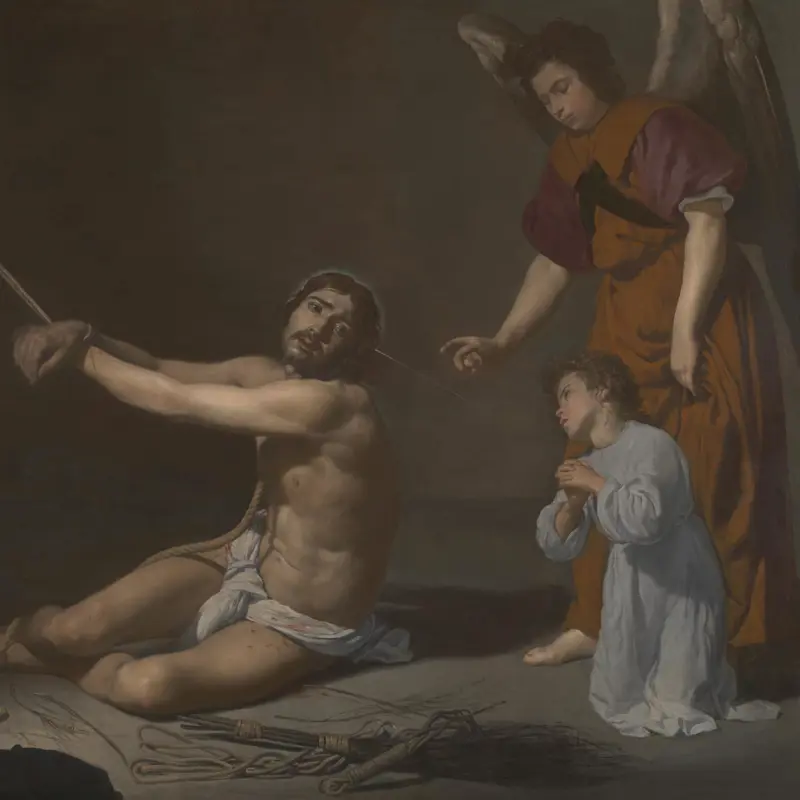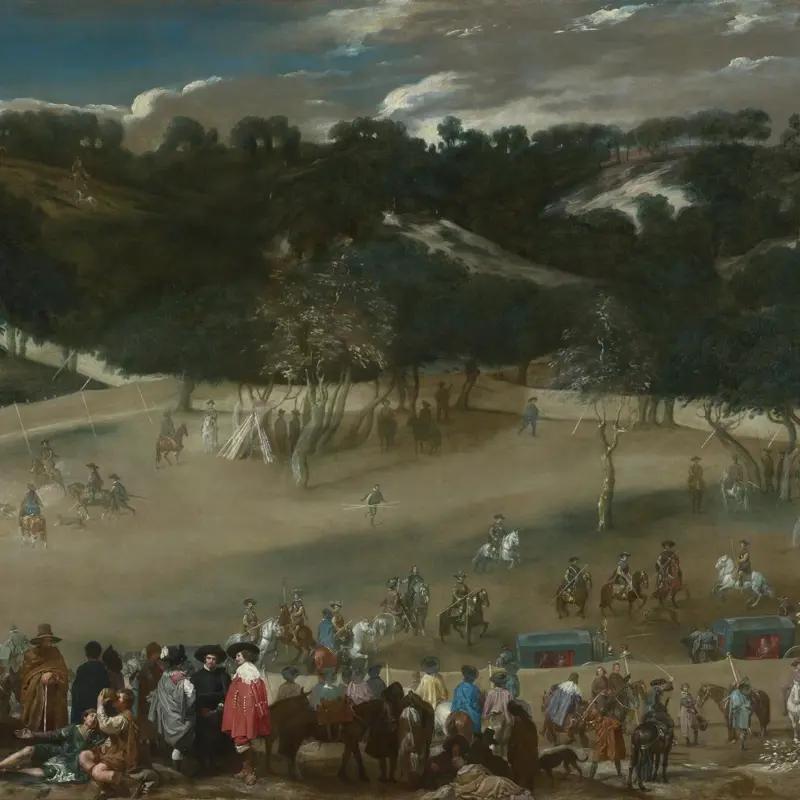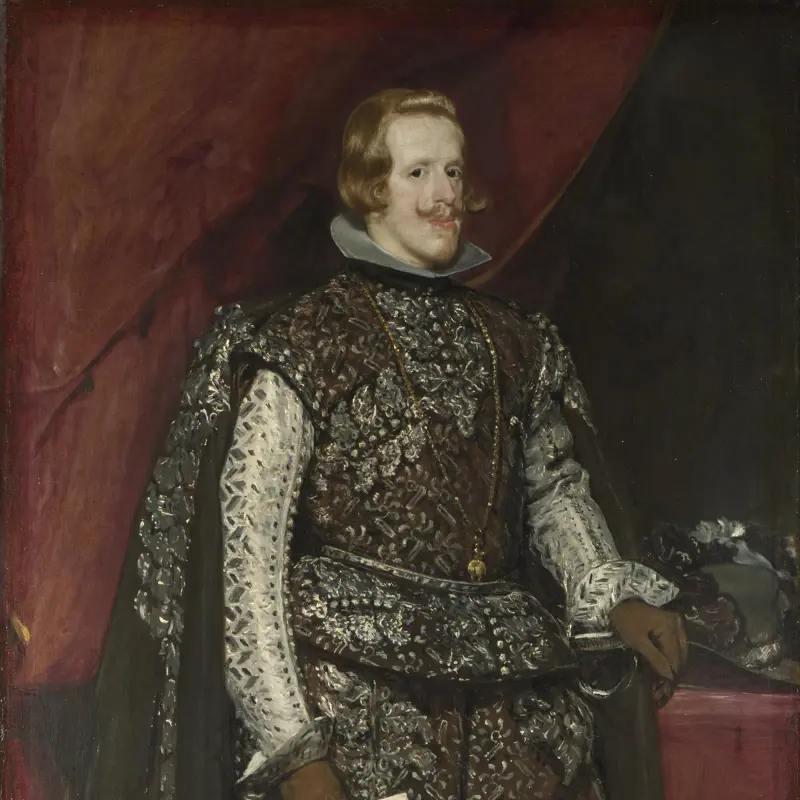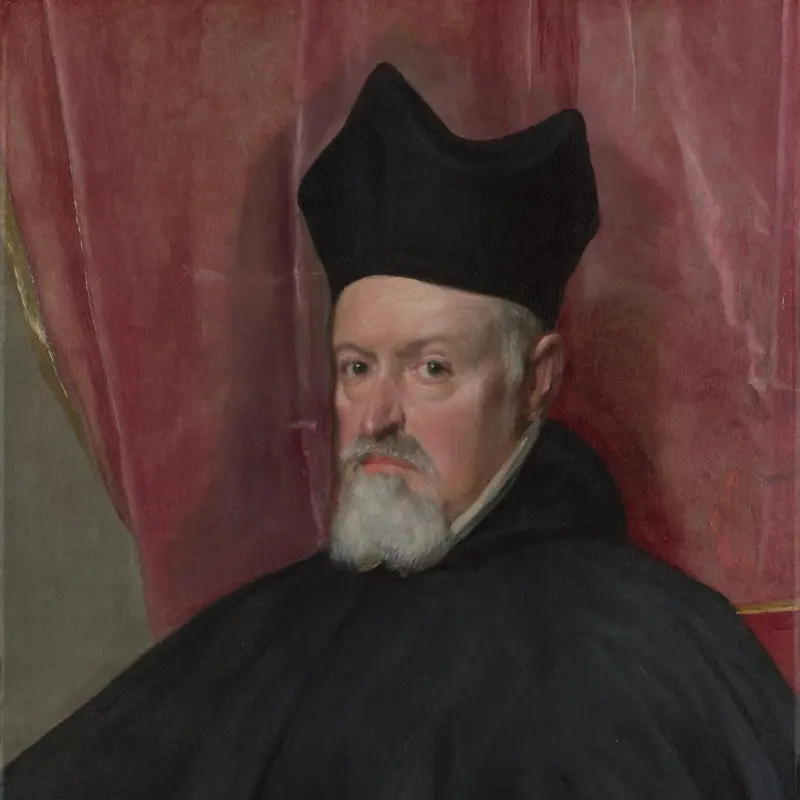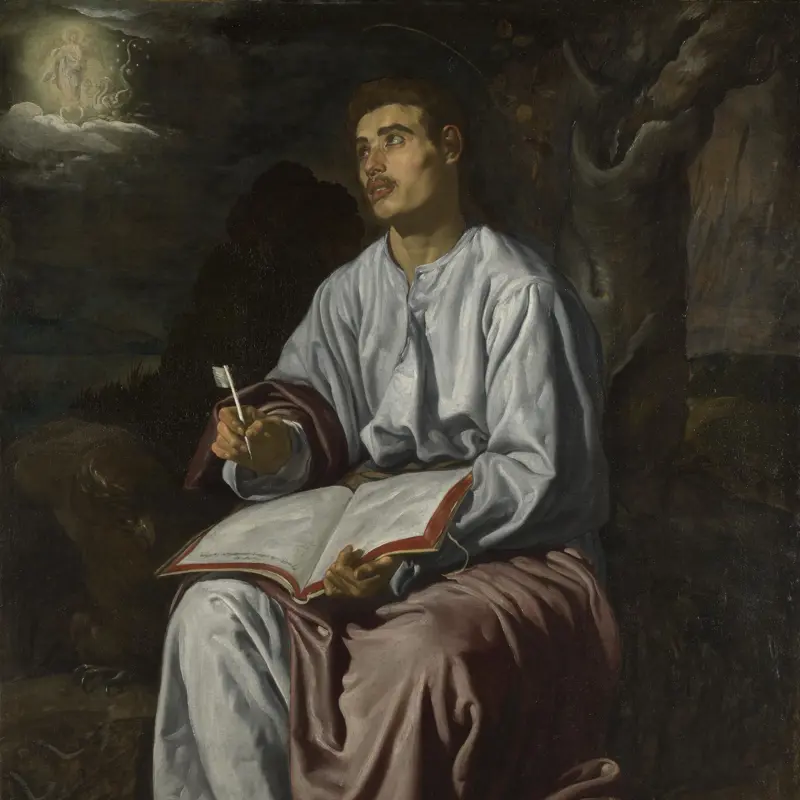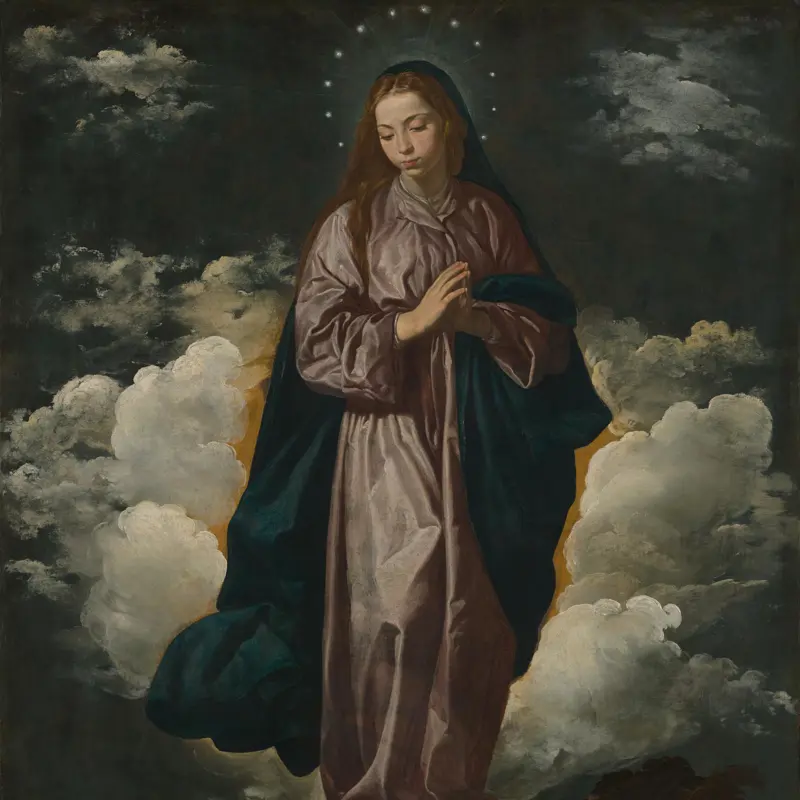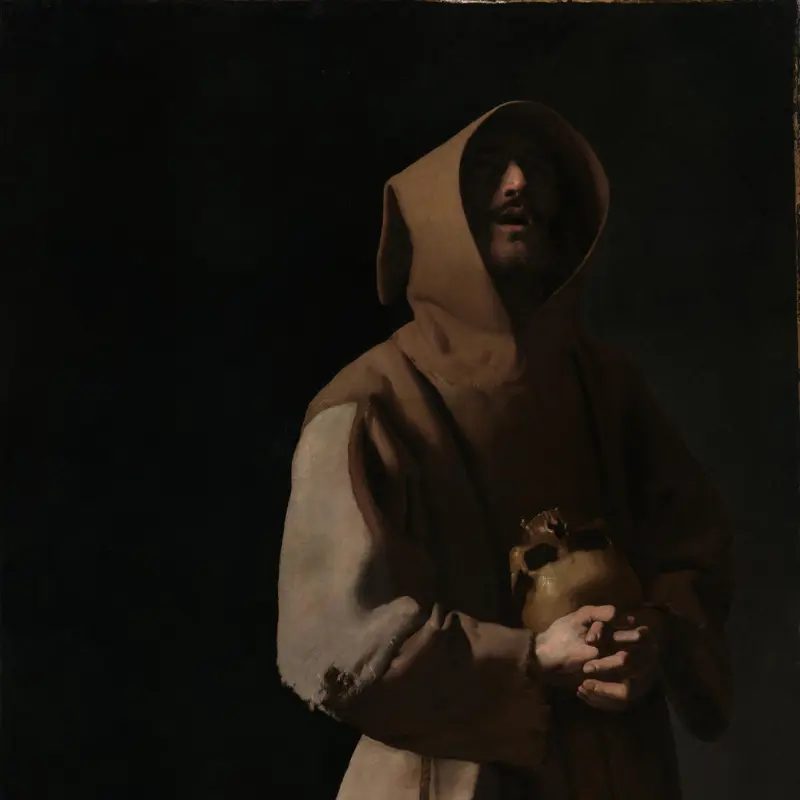Spain was a global power at the end of the 1500s. The ruling Habsburg dynasty controlled territories across Europe including parts of present-day Belgium, the Netherlands and all of southern Italy. They had also conquered and colonised lands beyond the seas in the Americas and the Philippines.
Exploitation of this vast and diverse empire brought great riches to Spain, facilitating a period of artistic splendour. Spanish artists painted primarily for the monarchy and the Catholic Church, developing a range of styles that were characterised by their naturalism and deep religious feeling.
The leading painter of the age was Diego Velázquez. In 1623 he moved from Seville, the hub of Spain's trade with its far-flung dominions, to Madrid, the seat of Spanish imperial power. As painter to Philip IV, who reigned from 1621 to 1665, he developed a sophisticated method of painting using loose, informal brushwork. While Velázquez was unrivalled as a portraitist, Francisco de Zurbarán and Bartolomé Esteban Murillo, working in Seville, specialised in paintings for religious institutions.
Naples was the capital of Spanish Italy. There, the influential Jusepe de Ribera, who had emigrated from Spain, was dominant. His paintings experimented with dramatic, emotional contrasts of light and dark.



